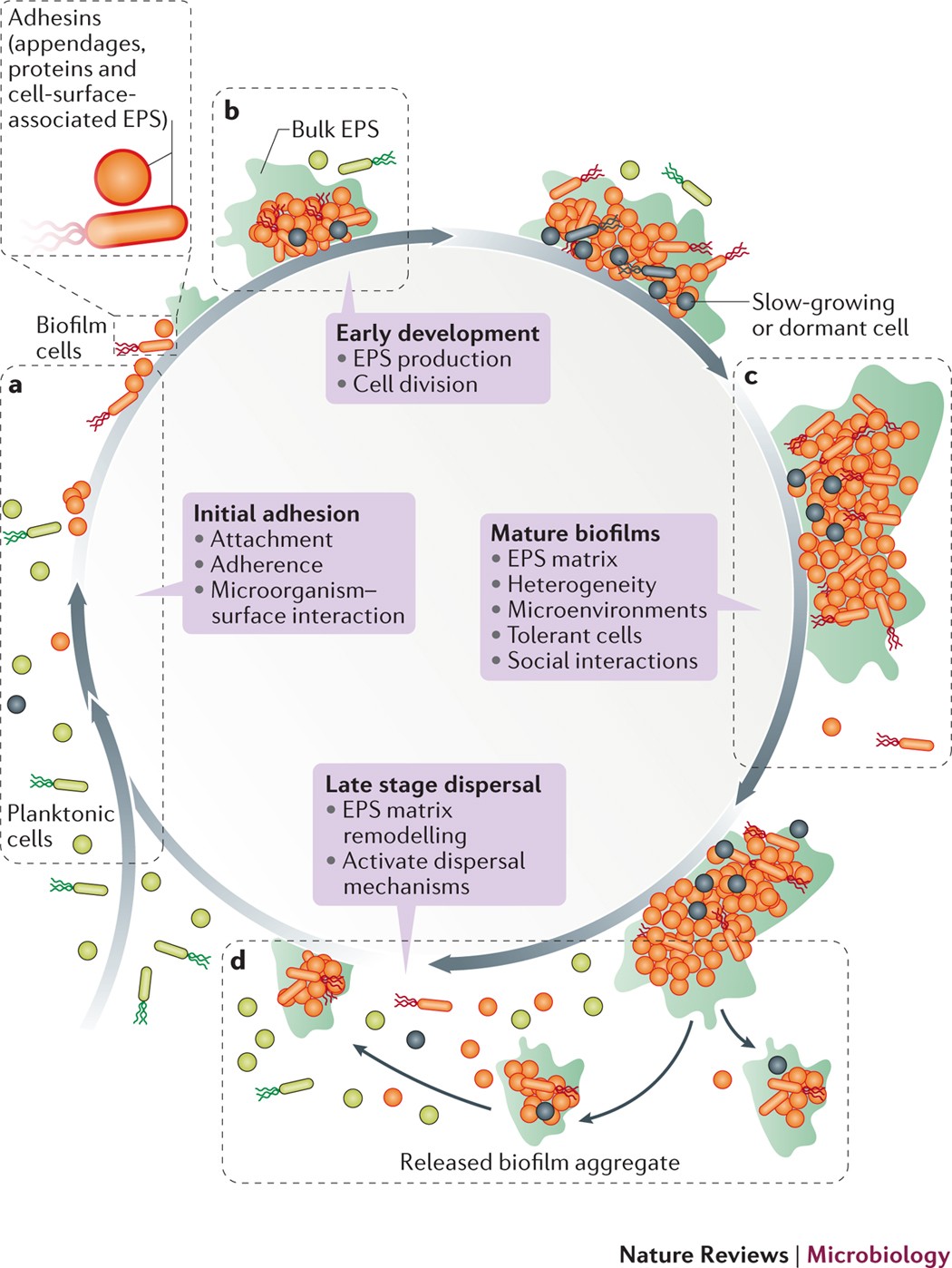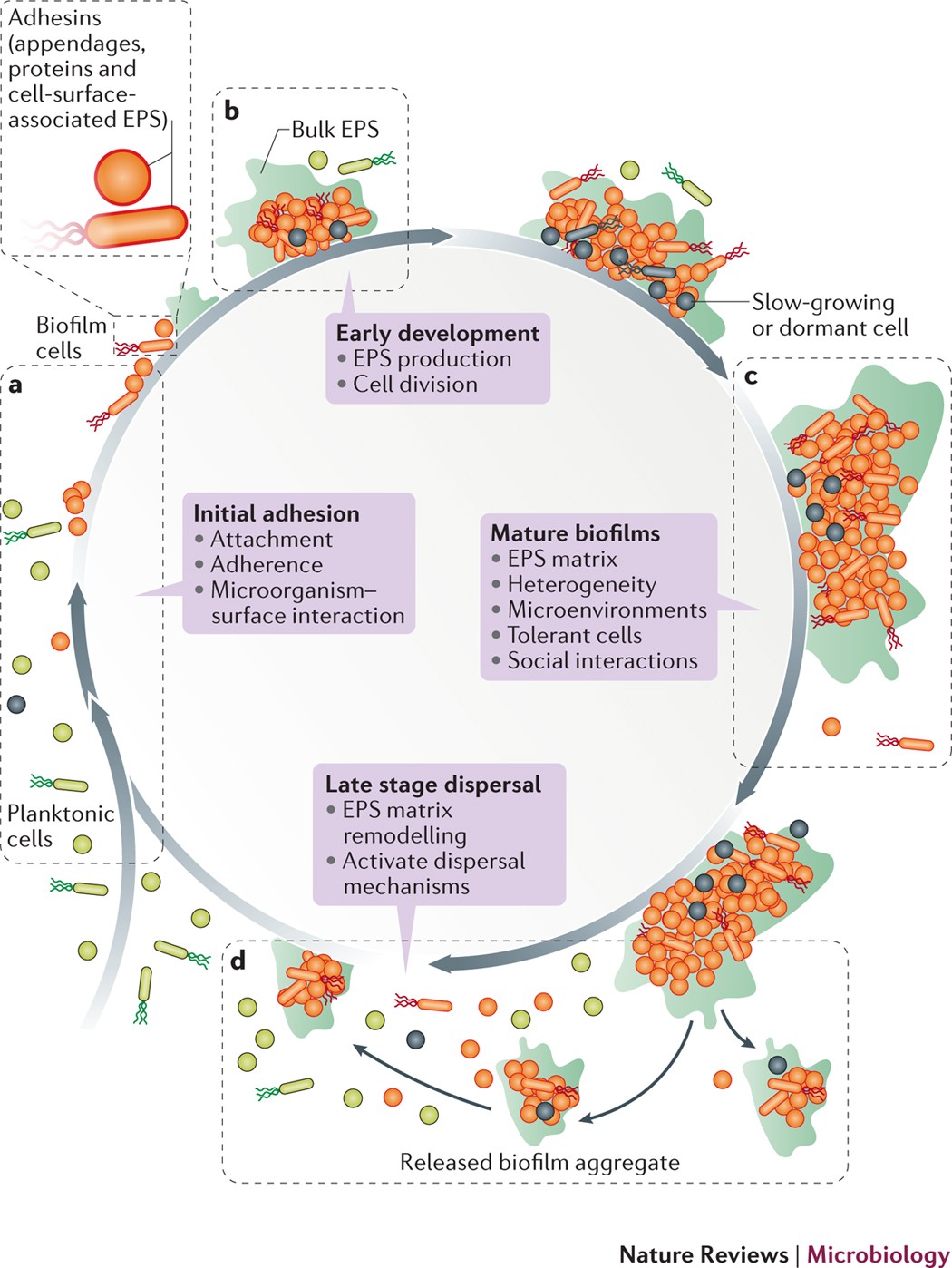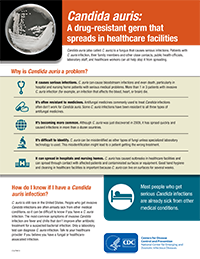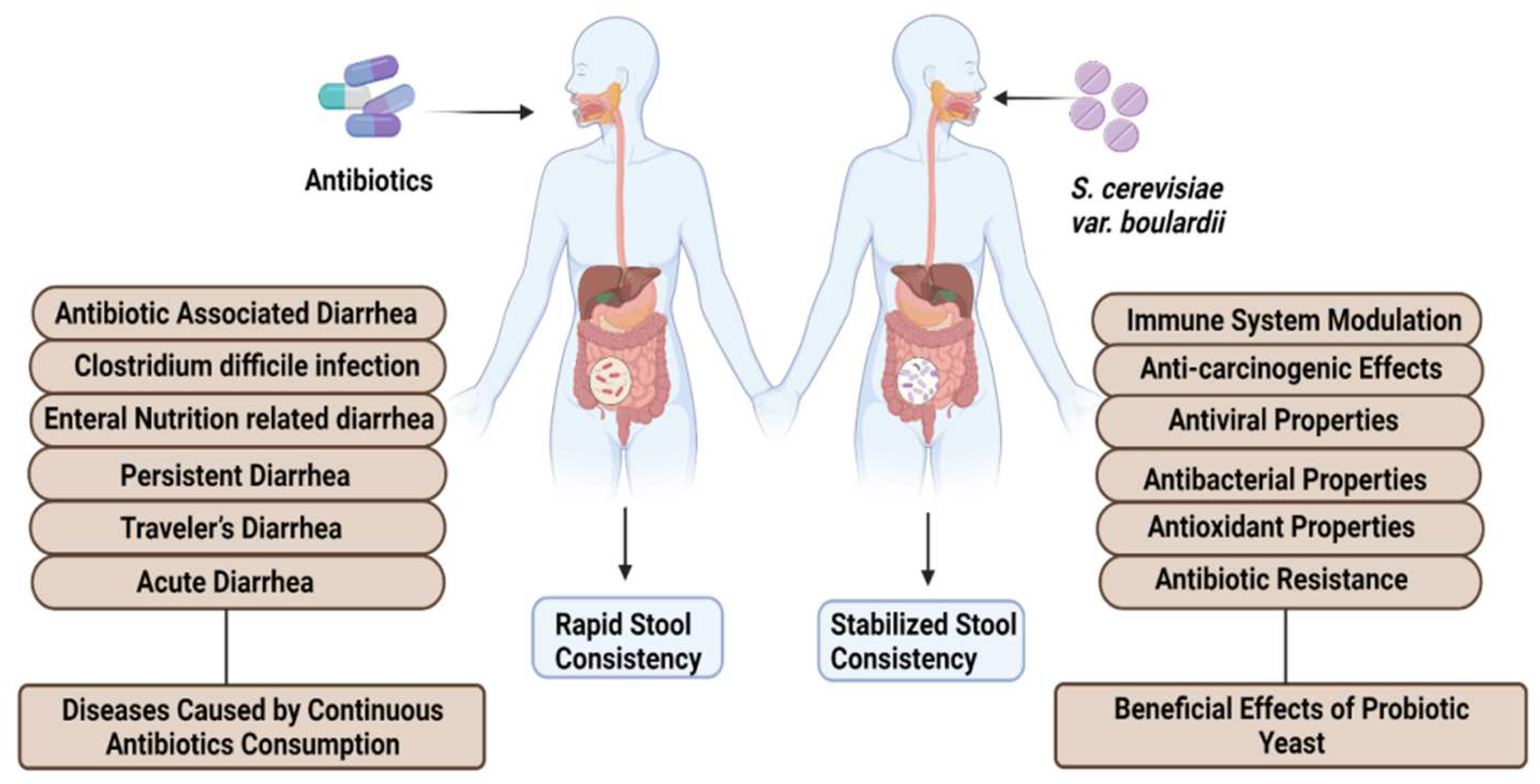Title: 5 Effective Tips for Breaking Down Fungal Biofilms
Introduction:
Biofilms are complex communities of microorganisms bound together in a protective matrix. Fungal biofilms, in particular, can pose significant challenges in various settings, including medical, agricultural, and industrial environments. Breaking down these resilient structures requires a strategic approach to effectively combat fungal infections. In this blog post, we will provide you with five valuable tips to tackle fungal biofilms and minimize their impact.
1. Use Antifungal Agents:
The first step in breaking down fungal biofilms is selecting appropriate antifungal agents. Look for antifungals specifically designed to target biofilm matrices, such as liposomal amphotericin B or voriconazole. These drugs have proven efficacy against fungal biofilms and can penetrate their protective layers more effectively, helping to eradicate the infection.
2. Combine Antifungals with Biofilm Disruptors:
While antifungal agents are crucial, they may not always be sufficient to completely eliminate fungal biofilms. Combining antifungals with biofilm disruptors can greatly enhance their effectiveness. Biofilm disruptors like enzymes, antibiotics, or antimicrobial peptides can help break down the matrix and weaken the biofilm structure, making it more susceptible to antifungal treatment.
3. Employ Physical Disruption Techniques:
To further aid in breaking down fungal biofilms, physical disruption techniques can be employed. These techniques involve mechanically disrupting the biofilm matrix to expose the embedded fungal cells. Mechanical methods may include scraping, sonication, or brushing, depending on the specific situation. Physical disruption should be followed by appropriate antifungal treatment to ensure complete eradication.
4. Enhance Antifungal Penetration:
Fungal biofilms limit the penetration of antifungal agents, making it challenging for drugs to reach all parts of the biofilm. To enhance antifungal penetration, using nanoparticles, liposomal formulations, or other drug delivery systems is recommended. These systems can improve drug distribution within the biofilm matrix, increasing the chances of successful biofilm disruption.
5. Consider Combination Therapy:
Combination therapy involving multiple antifungal agents with complementary mechanisms of action is an effective approach to tackling fungal biofilms. By using a combination of antifungal drugs, you can target diverse aspects of the biofilm, increasing the chances of successful eradication. Consult with a healthcare professional or a microbiology expert to determine the most suitable combination for your specific fungal infection.
Conclusion:
Breaking down fungal biofilms demands a comprehensive approach that combines targeted antifungal agents, biofilm disruptors, physical disruption techniques, enhanced penetration strategies, and sometimes even combination therapies. When facing a fungal biofilm, consult with healthcare professionals or microbiology experts for a personalized treatment plan. By following these five tips, you improve your chances of effectively combating fungal biofilms and finding long-lasting solutions to these challenging infections.
Remember, early detection and prompt intervention are key to successfully breaking down fungal biofilms and minimizing their impact on your health or operating environment.
Note: Improving SEO requires incorporating relevant keywords throughout the article, including in headings, subheadings, and the meta description. However, it is recommended to consult with an SEO specialist to ensure an optimized SEO strategy for your specific website.











